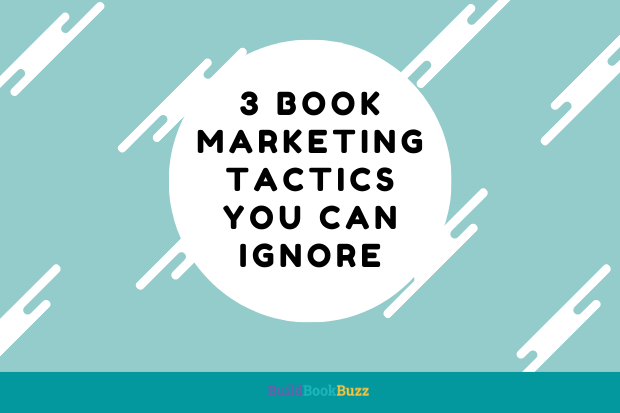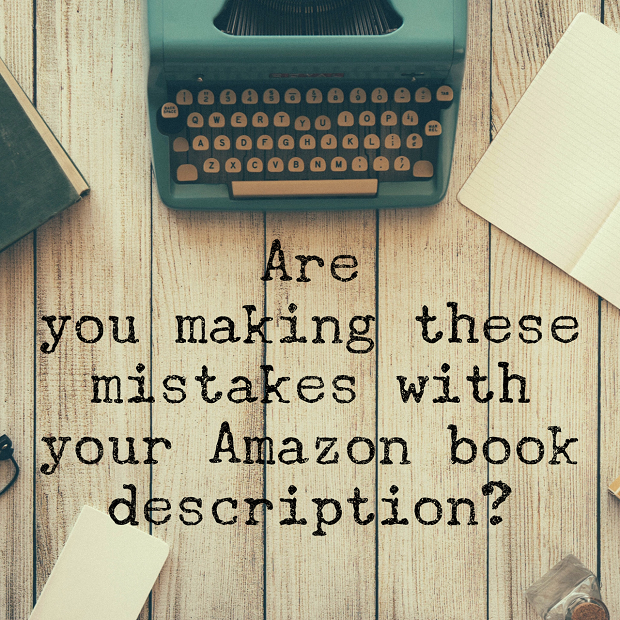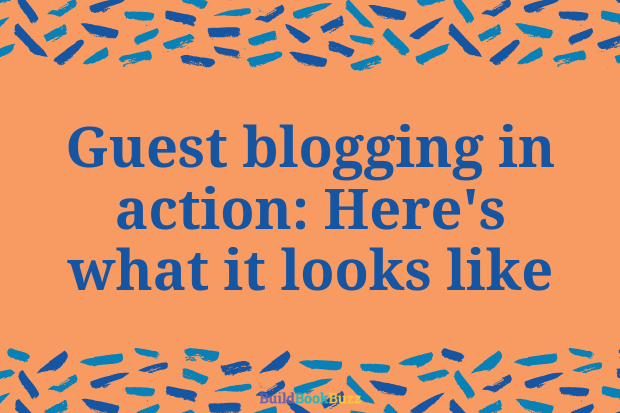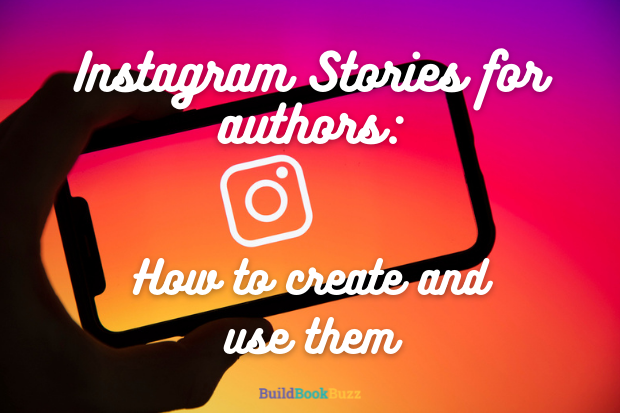3 book marketing tactics you can ignore
Remember the phrase “monkey see, monkey do?”
It refers to blind imitation – copying what others do without thinking about whether doing so is appropriate or makes sense.
It’s a problem with authors.
Focus, focus, focus
When you just mimic others because you don’t know which book marketing tactics you can ignore, you lose focus. You also waste your time.
Your book marketing goal is to get the right message to the right people at the right time and in the right place. If you’re copying someone who’s a successful business book author and you write cozy mysteries, you’re probably using the wrong tactics for your audience.
To help you find your focus, I’ve identified three popular tactics that aren’t going to work for most authors. There are exceptions, of course. But for most, these are book marketing tactics you can ignore when you see others using them.
1. Amazon pre-orders
A successful pre-order campaign takes almost as much work as a book launch because the goal is the same: to generate orders. That doesn’t happen simply by enabling pre-orders on Amazon.
Curious about how much work is involved? Read Diana Urban’s excellent guest post, “How to run a successful book preorder campaign.”
It works best for authors with a strong platform – a large and enthusiastic following that can’t wait to read the book.
Is that you? If not, skip it.
2. Running Amazon ads as soon as you launch
I’ve got a couple of reasons to wait a bit before paying to advertise on Amazon.
First, readers don’t want to buy a book from an author they’re not familiar with if it doesn’t have an unofficial reader seal of approval. Those review stars at the top of your book’s sales page are that seal of approval.
Because of that, spending money on ads until you have that reader validation is pointless. Make getting reader reviews a priority; wait until they’re in place before advertising.
For more on this, read “Get reader reviews before advertising on Amazon.”
Use the Build Book Buzz Reader Book Review Form to help get those reviews.
In addition, many authors discover after publishing that there are issues with the book. They might be spelling or grammar mistakes that weren’t caught, a cover that doesn’t cut it, or a book description that needs a refresh.
Give it a little time to see if any of these challenges surface so you can fix them before advertising. Your book really needs to be top notch before you spend on ads.
3. Jumping on the latest “it” thing
Right now, it’s Clubhouse, a social network for “casual, drop-in audio conversations – with friends and other interesting people around the world.”
To participate, you need to add yourself to a waiting list or snag an invitation from someone already using it.
This “not everybody can use it right now” approach creates a sense of what marketers call “scarcity.” It suggests that only the cool kids are using it, which can make it more appealing for some.
Is this particular “it” thing a good fit for your book marketing plan? It is if your ideal readers are using it. Consider it, too, if your author brand relies on you being a trendsetter and early adopter.
If neither applies to you, let it go.
Whether it’s Clubhouse or something else, be careful about investing time in new and untested social networks or resources for book marketing purposes. Make sure it’s a good fit for your book, your audience, and your goals.
You do you
Book marketing isn’t one size fits all.
What works for one book might not work for another.
Do the work to figure out where you’ll find your readers and what resonates with them.
Then determine what tactics will help you reach them while also making the best use of your time and skills — and therefore what book marketing tactics you can ignore.
While playing follow the leader can work with the right situations, these three tactics might be a waste of time, energy, and money. Be thoughtful about each before using them simply because you see others doing it.
What tactics do you see others using that won’t work for your book? Please tell us in a comment!
Tip of the Month
![]() I like to share a “Tip of the Month,” a free resource or tool for authors, on the last Wednesday of the month.
I like to share a “Tip of the Month,” a free resource or tool for authors, on the last Wednesday of the month.
If you’re a Twitter user, you’ll appreciate Hashtagify, a Twitter hashtag tracking tool. It allows you to find the best hashtags to reach your audience, gives you custom suggestions, and helps you analyze your influencers and your competitors’ strategies.
To evaluate the hashtag you use the most and find others related to it, type it into the search box on the Hashtagify home page. After clicking on the “search” button, scroll down to get data related to the hashtag, suggestions for similar hashtags, and tweets using it, as well.
If you’re a power Tweeter, consider subscribing to the premium level for more hashtag suggestions and insights into influencers and trends. The free version is probably enough for casual Twitter users.

Subscribe to the free Build Book Buzz newsletter and get the free special report, “Top 5 Free Book Promotion Resources,” immediately!








Great article, but I wanted to point out another couple of important reasons for preorders that are more subtle but quite valuable. I agree with you that preorders are not necessarily going to make or break a launch if you look at it simply as a marketing effort in an of itself, especially for new authors, but I use preorders, as an author with a new pen name, for two big reasons which have become quite common for genre fiction series: to demonstrate to new readers on my Amazon purchase page that there will be more in the series if they want to become invested in the series, that I’m worth a try, not going to be a fly-by-night author who doesn’t finish the series. And two, to give me a link for the next book to put in the back of my latest in series so the reader can immediately grab the next one if they want to. You don’t want to miss that opportunity if you’re organized enough to work within a specific deadline and can be sure everything from your editor and designer will be done well ahead of your preorder date too – it’s like leaving money on the table otherwise. I’ve started setting my preorder dates to very far in the future, (further than I need) however, so they don’t stress me out too much, and then I actually release sooner. But with each new preorder I’ve seen my sales double each time bc I’m mentioning it in my ever-growing newsletter and snagging some loyal readers with each new release. Thanks for the post! I highly agree with your second two pointers by the way!
I love this, Jillian — thank you! As I noted in the article, “there are exceptions,” and your comments support that statement. You’ve described one group of exceptions beautifully. Another is established authors who don’t have a series, but do have a strong following of readers who love their books.
I don’t quite understand your first point, though. Are you saying that when you start a new series with a pen name, you identify it in the description as “Book 1?” Could you tell me a little more about how pre-orders demonstrate that there are more books to come? Does the description include a reference to your other series so that it’s clear this isn’t your first book? I mean, just because you say “Book 1” doesn’t mean you can deliver on books 2, 3, 4, etc.
Thanks so much!
Sandy
Thanks Sandra! And you’re right, it doesn’t mean just because you say Book 1, you can deliver on subsequent books. What I meant about demonstrating that there are more books to come by setting preorders for them, is that if you have your covers and blurbs done for at least the next few books in the series, well ahead of when you’ll actually publish them, and you can choose comfortable release dates far into the future, you can put those up and show that there will be more books in the series to come, rather than having a reader find your first and even possibly your second book and wondering if there will be any more, (if there’s nothing there to show it) and having that reader possibly clicking away to a more established series from another author. I think it just provides a little more ‘promise’ from an author who’s still establishing himself/herself to have put up preorders with covers and blurbs. It shows they’ve thought this out and have a plan and are putting it into action. That’s what I meant by a ‘new pen name’ (a new author or an author starting to write in a new genre, etc.). Does that make sense?
Ahhh, got it, yes, it makes sense. It’s a good strategy for series writers. Part of my confusion came from your use of “pen name,” too. That phrase usually refers to a pseudonym.
Thanks for taking the time to clarify. It helps!
Sandy
To succeed with the pre-orders and clubhouse requires a strong audience whether one’s own or borrowed and many of us don’t have it. And ads? Don’t touch them until you know what you’re doing!
Sound advice, Sandra. One that I’ve seen a lot and tried as well is creating pins on Pinterest to promote the book. Can’t say I’ve seen it give results in the short run though.
Thanks, Vatsala! I’ve done a little of that on Pinterest by linking book-specific pins to my Amazon page (see my how-to video here: https://buildbookbuzz.com/selling-more-books-on-pinterest/), but I haven’t tracked sales to see if it’s made a difference. You’re reminding me that I should give it another try, though. When I do this, I try one tactic, then monitor my KDP dashboard obsessively to see if I get sales soon after using the tactic.
Thanks for the unintended nudge!
Sandy
When I got to the end of the article and saw your picture, I smiled – yup, the sane advice comes from you.
There is only so much energy in an author’s life, and spending it wisely is important. When the author has even less than most people, it is crucial.
First, for me, the energy has to go to finishing the next book in the trilogy – there is absolutely no point in advertising the first book more when there is nowhere for the reader to turn to get the next part of the story yet.
It’s hard to believe that after six years, I’m writing as fast as I can (Book 1 took fifteen), but I work with what I have, not with what I wish I had. I like the results – or I would have quit long ago – but it does get discouraging and frustrating, especially as I see other authors ‘win the race.’
Thanks for making me smile, Alicia! You bring a lot of wisdom and maturity to this process. It’s so hard to find the time, isn’t it? That’s my biggest challenge.
I have to think that it’s pretty hard for authors without any business or marketing background to figure out what they should be doing on the marketing side. It’s like me tackling the shower grout, ya know? Not my thing! That’s why I think that sometimes my role is to help them figure out what they SHOULDN’T do as well as what they SHOULD (especially when there’s so much NOISE around certain tactics).
As for others winning the race, I’ve learned to do the best I can with what I have, and it sounds like you do the same. And those others who are flying past me? Perhaps they’ve made sacrifices I’m not willing to make. It’s all about knowing yourself, isn’t it?
Thanks for stopping by…please come back!
Sandy
I appreciate your book marketing strategies.
I hope they’re helpful, Sayed.
Sandy
Preach, sister. Less is more — you’re better off doing a few things really well than trying to do everything in a slipshod way.
Amen, sister!
Sandy
Thank you for your insight and common sense approach to book marketing.
You’re welcome, John. I hope it’s helpful.
Sandy